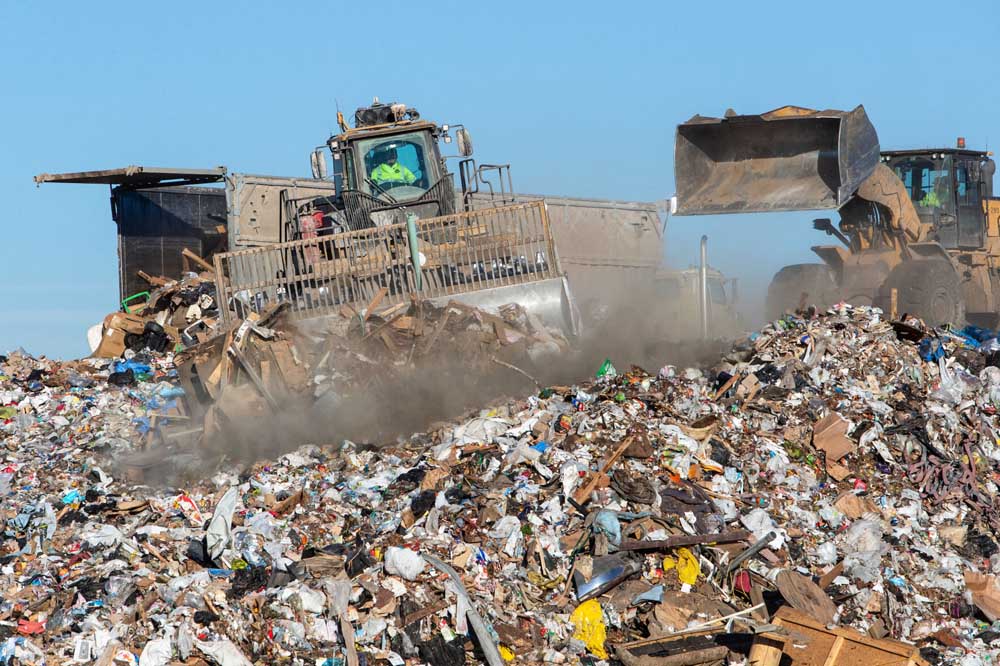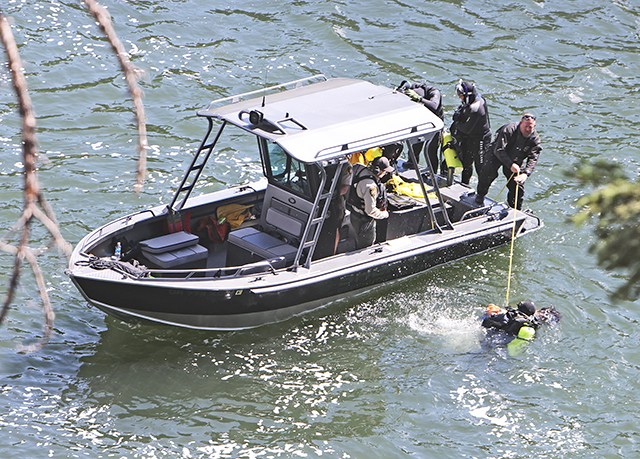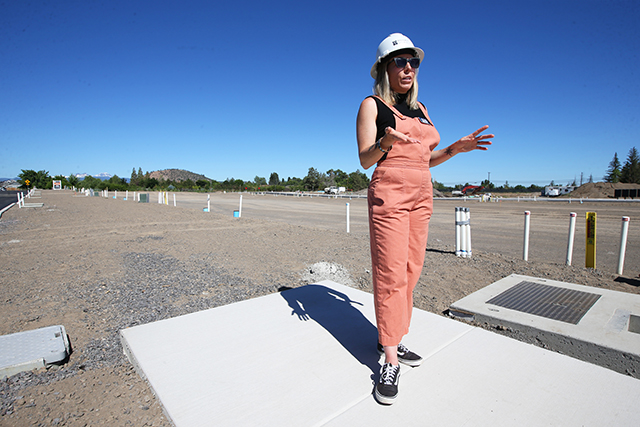Deschutes County plans major recycling push with new facility design
Published 9:01 am Wednesday, July 23, 2025
Project aims to help Deschutes County reach 45% waste diversion by building local infrastructure at Knott Landfill
Deschutes County is taking its next big step toward reducing waste, awarding a three-year contract to J.R. Miller and Associates this month to design and plan a materials recovery facility and other recycling infrastructure aimed at hitting the county’s 45% waste diversion target.
In 2019, Deschutes County developed the Solid Waste Management Plan in an effort to provide a roadmap to meet challenges relating to solid waste, recycling and composting, which includes meeting the 45% diversion goal set by the Oregon Department of Environmental Quality.
In March 2025, Deschutes County had a 28% recovery rate, nearly 20% short of the 45% goal set by the Oregon DEQ. To achieve this goal, the solid waste plan recommended building a materials recovery facility and processing facilities for composting and construction and demolition waste.
Trending
“Right now, we’re accepting those materials, but the construction and demolition waste is going directly into the landfill,” Tim Brownell, Deschutes County director of solid waste, said. “There’s a lot of material that’s recoverable in there… We think that we could increase our diversion by upwards of 20% if we were to process all of that waste.”
A materials recovery facility is a specialized waste sorting and recycling facility that receives, separates and prepares recyclable materials to be reused and sold. These materials typically include metals, glass, plastics and paper.
“The role of the MRF is to separate recyclables into material streams that can be resold or put to beneficial use,” Kevin McCarthy, project principal for J.R. Miller and Associates, said. “It’s almost the ‘de-mixing’ of materials but using people and mechanical equipment to separate what is essentially mixed materials into valuable commodities.”
In March, Deschutes County’s Department of Solid Waste sent out a request for proposals for the facility. The county evaluated the proposals based on the experience of project team members and subconsultants, the capabilities and resources of the firm, demonstrated understanding of the scope of the project, the proposal clarity and organization and the value of the proposed fees and services.
“The firm helped us with the development of our Solid Waste Management Plan back in 2019, so they have demonstrated real familiarity with our programs, goals and operations,” Brownell said. “They also were really strong in both operational knowledge and financial modeling and projections of these types of facilities.”
The contract with J.R. Miller and Associates began on July 1 and will continue for three years. The firm will be aiding the county in determining the design of the facilities, financial planning and selecting who will build and operate the facilities.
Trending
“Having a defined pathway for how we are going to increase recycling and composting has flowed right out of the Solid Waste Management Plan from 2019,” McCarthy said. “It’s been nice to have a blueprint for the future.”
About two years ago, J.R. Miller and Associates also completed a master plan for the facility, which included analyzing potential spaces, contemplating different types of facilities and getting rough estimates of the cost. That was the “pre-feasability phase,” according to McCarthy.
For the next few months, the county and McCarthy and his team will be focusing on the facility design, updating the master plan and answering critical questions about the direction of the project.
“In the next few months, we will be going back and looking at the master plan and thinking about what’s the best facility design for the county’s goals,” McCarthy said. “We’ll go to the Board of Commissioners and get their direction on, ‘Would you like these facilities to be operated by the county or contract them out?’ ‘How would you like to have the facilities ultimately designed and constructed?’ So there’s some big, open questions about the public or private partnership part of the project, and that’s all intended to get worked out in the first three or four months of the project.”
One of the goals is to diminish the need to send materials to other facilities across the state, McCarthy said. In 2019, Deschutes County shipped over 13,000 tons of commingled recyclables to Portland and the greater Willamette Valley. A materials recovery facility in Deschutes County aims to serve as a regional center, with opportunities to collect recyclables from neighboring areas.
“The goal of the county is to have their own local infrastructure,” McCarthy said. “The county is saying, ‘We want to take control of our destiny.’ ‘We want to be the regional processing center on our side of the Cascades.’”
Currently, the facilities are planned to be located at the Knott Landfill site in southeast Bend. While the total cost of the project is still in the works, McCarthy said his team’s budget is set at $450,000 from the county to conduct planning work and initial designs over the next three years.
“The commissioners are going to decide, to what extent they’re going to fund the future facility improvements, or if the private sector will help fund part of this as part of a long-term contract,” McCarthy said. “Those are the sort of big decisions that are up in the air.”
For now, the county, along with J.R. Miller and Associates, are confident that the construction of the facility and the composting and construction and demolition facilities will help the county reach its 45% diversion goal.
“Right now we are only able to handle about 60% of the woody debris and food waste generated,” Brownell said. “If we process the waste that can be reused through a recovery facility, that will get us well above our 45% recovery goal.”









